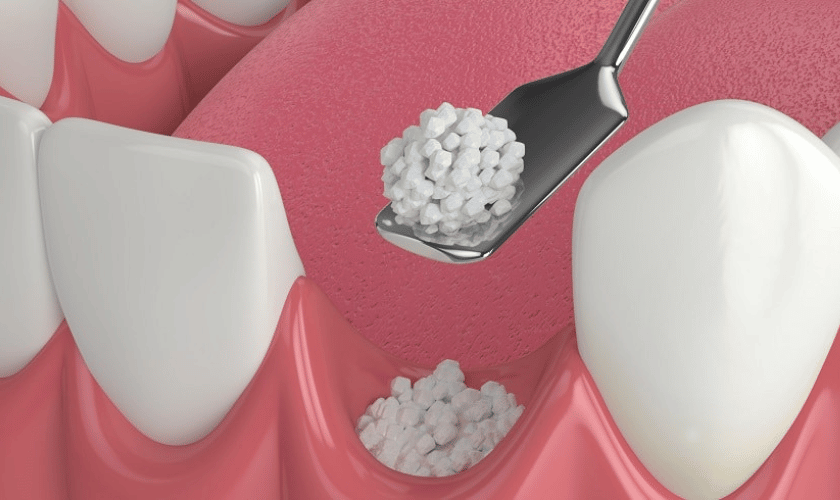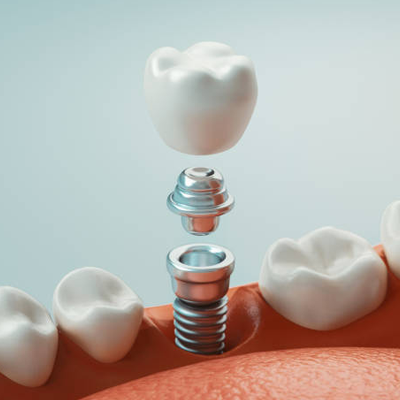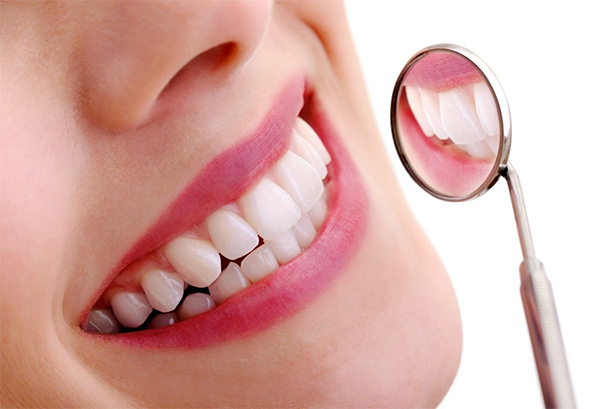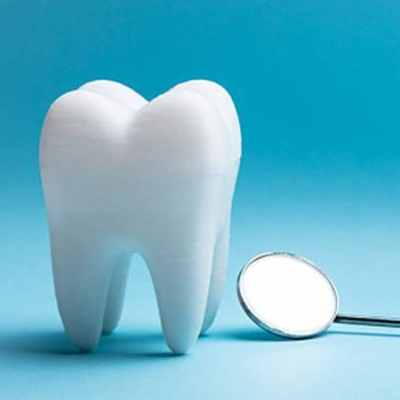
All You Need to Know About Dental Bone Grafting Procedure
What is dental bone grafting all about? Or are you scheduled for this procedure and want to know more information? Whatever your reason, one thing’s certain: dental bone grafting shouldn’t be taken lightly. It’s an essential step towards achieving a healthy and beautiful smile but it also requires careful consideration and preparation.
What is Dental Bone Grafting?
Dental bone grafting is when a surgeon removes pieces of bone from another part of the body and transfers them to the dental cavity. This technique can replace missing teeth or improve the appearance of teeth that are not in excellent condition.
Bone grafting is often used to repair teeth damaged by decay, infection, or trauma. The surgeon will first create a detailed plan of the tooth structure before starting the surgery. Once the procedure is complete, they will remove small amounts of bone from other body parts and transplant it into the tooth area.
A few risks are associated with dental bone grafting, but these are usually minor. Some possible side effects include pain, swelling, and stiffness at the surgery site. However, most patients report no significant problems following this procedure.
How Does Dental Bone Grafting Work?
Dental bone grafting is a surgical procedure used to replace a missing tooth or teeth. The process involves placing a small amount of healthy dental bone from another body part into the space created by losing a tooth or teeth.
Once the bone graft has been placed in the mouth, it will grow and fuse with the surrounding tissue. This process will help to create a new tooth or teeth that looks and functions like your natural teeth.
Several types of dental bone grafts can be used in this procedure, each with its benefits and drawbacks. The most common type of dental Bone graft is called allograft. Allografts are made from human skeletal remains, such as fetal or long-arm bones from cadavers. This type of graft is considered the best option for replacing lost teeth because it is relatively easy to find and procure, and it has a high success rate overall. However, allografts may be slightly more expensive than other types of bone grafts, and they may not be suitable for certain patients due to their donor location or size.
The second most common type of dental Bone graft is autologous tissue transplantation. In this procedure, the patient’s healthy bone cells are transferred into the space created by the loss of teeth or teeth. This type of graft is considered to be better than allografts for restoring smile dimensions because
Who is a Good Candidate for Dental Bone Grafting?
Dental Bone Grafting is a standard procedure to treat tooth decay and other dental problems. The surgery involves removing a small section of bone from another part of the body and using it to fill in the missing tooth or teeth. Many factors can affect which person is a good candidate for this surgery, but we will discuss some of the most critical factors below.
First and foremost, any patient who is considering dental bone grafting should have healthy gums and teeth. If either of these is not in good condition, the graft may not attach appropriately and may cause further damage to the underlying teeth.
In addition, patients must also have enough bone available for transplant. It can vary depending on the individual’s size and shape, but typically around 2-3 cubic centimeters (a little over half an inch) of bone is needed.
Finally, before surgery, doctors must perform a thorough assessment to determine if the patient is a good candidate for the procedure. It includes considering age, medical history, bone density, and oral health.
Benefits of Dental Bone Grafting
Dental bone grafting is a procedure that involves the use of healthy bone from elsewhere in the body to replace missing or damaged teeth. There are several advantages to dental bone grafting over other options for repairing teeth:
It is a quick and simple procedure that can be performed in an outpatient setting.
There is no need for surgery or anesthesia, and patients can immediately resume their normal activities following surgery.
Preparation for Dental Bone Grafting
If you are considering dental bone grafting as a treatment option for a tooth that is severe decay or missing, you should do a few things before your appointment. First, you will need an X-ray of your jaw to determine if the area where the graft will be placed is healthy enough to receive the material. If the bone is too damaged, it may not be suitable for grafting, and other treatment options may need to be considered.
You will also need to collect information about the procedure itself. It includes knowing what graft material will be used and how long it will take to heal. Ensure you are mindful of any potential side effects and risks in this surgery, so you can choose whether to proceed with the transplant.
Finally, be prepared to answer your dentist’s questions about the procedure. For example, they may demand to know if you have any allergies or sensitivities to medicines and any other medical conditions that could interfere with healing. Be open with them, and let them know if there is anything else you would like them to know regarding your health before surgery.
After the Surgery: Rest, Rehabilitation, and More
Following surgery, patients are typically instructed to rest and avoid vigorous activity. The time required for complete recovery will vary depending on the surgery and individual circumstances. However, many patients find that full recovery takes four to six weeks. During this time, it is essential to follow the doctor’s instructions regarding diet and exercise.
After recovering from surgery, patients may also benefit from physical therapy or massage. Sometimes, a patient may require custom orthodontic care to restore their smile to perfection.







